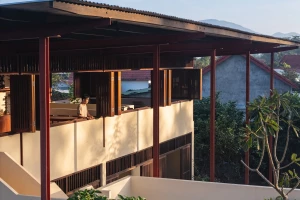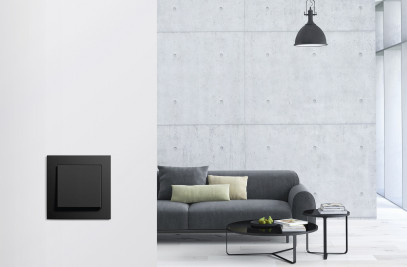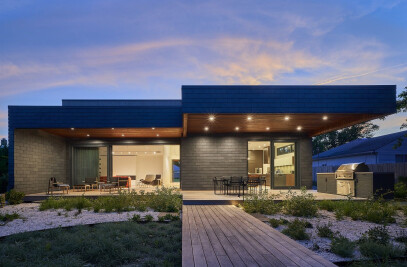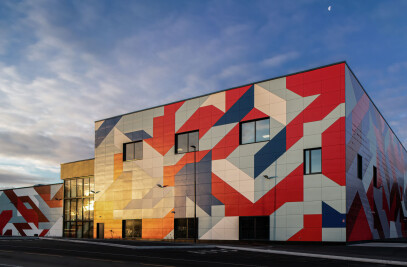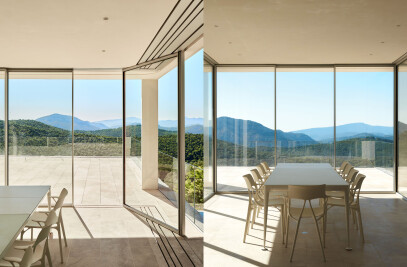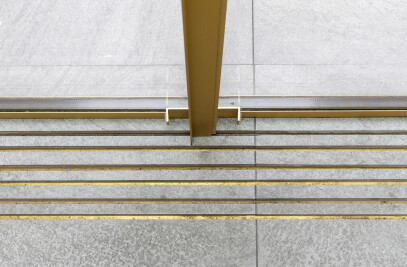The APROP Ciutat Vella project in Barcelona is the first building designed and built through the Close Proximity Temporary Housing Program (APROP), an initiative promoted by Barcelona City to counter the ongoing gentrification of the city. The program strives to provide more democratic and affordable housing solutions with strategies such as developing properties that have not fulfilled their potential buildability or redesignating excessively large public places that could be better utilized as housing.

Designed by Straddle 3 Architects and constructed with shipping containers, APROP Ciutat Vella will temporarily house neighbourhood residents who have suffered an eviction. The use of shipping containers for the building’s superstructure avoids the energy waste and the emission of greenhouse gases that come with massive use of reinforced concrete or the steel casting of metal structures. Shipping containers are also affordable, easy to transport and easy to assemble on site.

Compact in its volume, the new building is located in the city’s Gothic Quarter, on a corner and between party walls that occupy a buildable plot owned by the municipality and previously used as an extension of the adjacent public space. The ground floor accommodates an expansion of nearby sanitary facilities while on the upper floors there are a total of twelve dwellings - eight of them being one-bedroom units and the other four being two-bedroom units. All dwelling units have two exterior facades, ensuring the benefits of cross-ventilation.

Though shipping containers may be a new type of construction to the traditional built fabric of this neighbourhood, the exterior expression of the building nevertheless addresses its rich architectural context. Facing a narrow street to the southeast, the façade includes vertical wooden openings, Alicante shutters and metal railings, like most of the buildings in the city’s historic centre. On the southwest façade, which opens onto the square, the four largest dwellings have wider openings. The northwest facade opens onto a patio that contains a vertical nucleus of circulation. The facades are ventilated and thermally insulated to achieve optimal energy efficiency.

The exterior cladding comprises a double-skin façade of translucent polycarbonate cladding. In the day, the nature of the polycarbonate increases the luminosity of dwellings, subtly reflecting surroundings. At night, the polycarbonate filters light from the interior, improving street lighting ambience without imposing on the privacy of the residents.



















